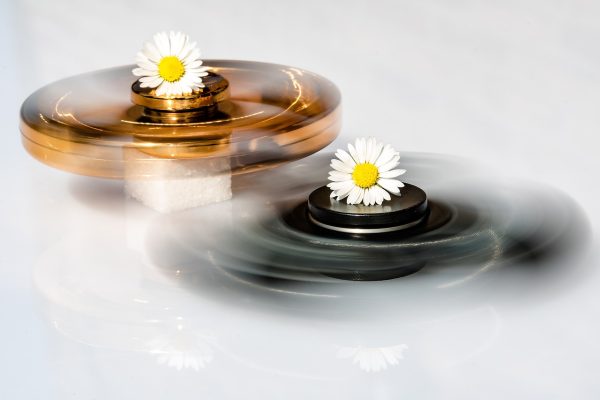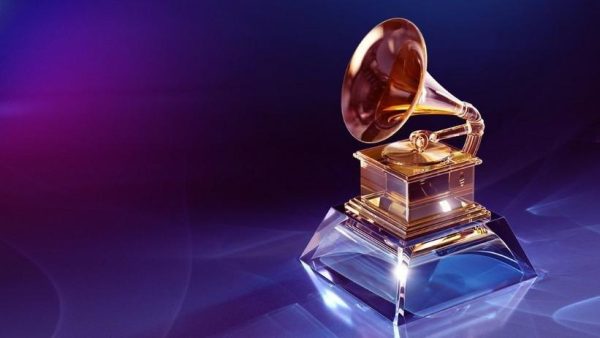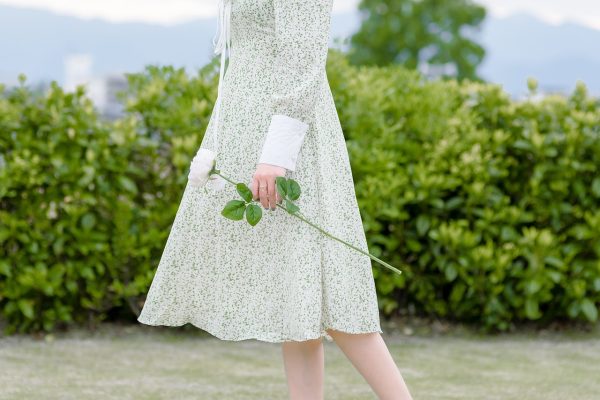The Origins of Bifocal Glasses
Bifocal eyeglass lenses contain two lens powered to help you see objects at all distances. Due to presbyopia, people lose the ability to naturally change the focus of their eyes due to age. To reverse this process, bifocal lenses are most commonly prescribed to people over the age of 40 to help compensate for the natural degradation of vision, due to the aging process. They are very convenient, but how did they come to be?
Around 1784, Benjamin Franklin cut two lenses in half — one with a distance correction and one with a correction for reading. He then glued them together. This early bifocal design, with a line extending across the entire width of the lens separating the distance and near corrections, became known as the Franklin bifocal (It is now also called an Executive bifocal).
Before Benjamin Franklin’s invention, anyone with presbyopia had to carry two pairs of eyeglasses — one for seeing distant objects and one for seeing up close. Later, in the nineteenth and early twentieth century, the Franklin bifocal lens design was further refined. Smaller, round bifocal segments (or “segs”) for near vision were developed, and techniques were invented to fuse the near segs into the lens containing the distance correction. This brings us full circle to modern bifocal glasses!











